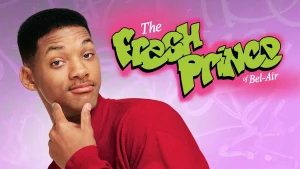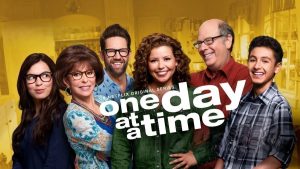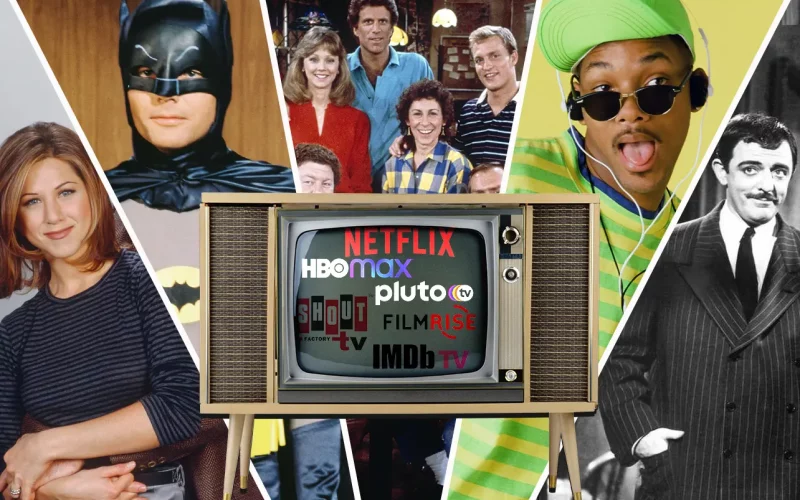Introduction
In recent years, the entertainment industry has witnessed a significant phenomenon: the revival of classic TV shows. From reboots and sequels to remakes and spin-offs, it seems that beloved television series from past decades are making a grand return to the small screen. This trend has sparked curiosity and debate among audiences and industry experts alike. What exactly is driving the resurgence of classic TV shows? In this article, we will explore the various factors contributing to this revival, examining the cultural, economic, and technological influences that have paved the way for this nostalgic renaissance.
Cultural Nostalgia and Emotional Connection

One of the primary drivers behind the revival of classic TV shows is cultural nostalgia. Nostalgia is a powerful emotion that evokes fond memories of the past, and it has a significant impact on consumer behavior. Many viewers who grew up watching classic TV shows have a deep emotional connection to these programs. The characters, storylines, and themes often hold a special place in their hearts, reminding them of simpler times and cherished moments.
The desire to relive these experiences and share them with a new generation has led to a growing demand for the return of classic TV shows. Networks and streaming platforms have recognized this demand and are capitalizing on it by bringing back beloved series. By tapping into the emotional connection that viewers have with these shows, they can attract a loyal and enthusiastic audience.
Proven Success and Established Fan Bases

Another factor driving the revival of classic TV shows is their proven success and established fan bases. Classic TV shows that have stood the test of time often have a dedicated following of fans who continue to celebrate and support them. These shows have already demonstrated their ability to captivate audiences and achieve high ratings, making them a safer bet for networks and producers compared to entirely new, untested concepts.
By reviving classic TV shows, networks can leverage the existing fan base and generate buzz and anticipation. This built-in audience provides a solid foundation for the success of the revival, reducing the risk associated with launching a completely new series. Additionally, the familiarity of the characters and story lines can attract both old fans and new viewers who are curious to see what made these shows so iconic.
Advances in Technology and Streaming Platforms

The rise of streaming platforms has played a significant role in the revival of classic TV shows. In the past, reruns of classic series were limited to specific time slots on traditional television networks. However, with the advent of streaming services like Netflix, Hulu, and Disney+, viewers now have the ability to watch their favorite classic TV shows on-demand, anytime and anywhere.
Streaming platforms have recognized the value of classic TV shows in attracting subscribers and retaining their audience. By acquiring the rights to popular classic series and making them available for streaming, these platforms can cater to the growing demand for nostalgic content. Additionally, the convenience and accessibility of streaming services have made it easier for viewers to rediscover and binge-watch their favorite classic TV shows, further fueling the revival trend.
Creative Opportunities and Modern Adaptations

The revival of classic TV shows also presents exciting creative opportunities for writers, producers, and actors. Reviving a beloved series allows creators to explore new storylines, update the show for modern audiences, and introduce fresh perspectives. This creative freedom can breathe new life into classic TV shows, making them relevant and engaging for contemporary viewers.
Modern adaptations of classic TV shows often incorporate current social issues, technological advancements, and cultural changes, providing a fresh take on familiar characters and settings. This blend of nostalgia and innovation can attract a diverse audience, including both longtime fans and younger viewers who may be experiencing the show for the first time.
Economic Considerations and Brand Recognition

From an economic standpoint, the revival of classic TV shows makes financial sense for networks and production companies. Developing a new television series from scratch involves significant investment and risk. In contrast, reviving a classic TV show with an established brand and fan base can be a more cost-effective and lucrative endeavor.
Classic TV shows often have strong brand recognition, which can translate into higher advertising revenue, merchandise sales, and licensing opportunities. The familiarity and popularity of these shows make them attractive to advertisers and sponsors, further incentivizing networks to invest in their revival.
Conclusion
The revival of classic TV shows is a multifaceted trend driven by cultural nostalgia, proven success, technological advancements, creative opportunities, and economic considerations. As viewers continue to seek comfort and connection through familiar content, the demand for classic TV show revivals is likely to persist. By understanding the factors behind this trend, we can appreciate the enduring appeal of these beloved series and the impact they have on the ever-evolving landscape of television entertainment.









